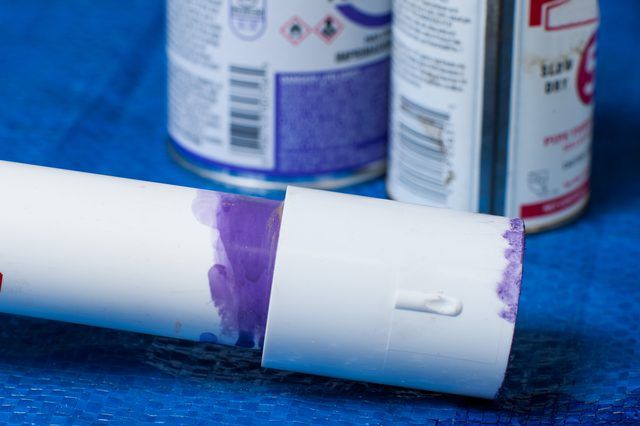Bulbs
Flower Basics
Flower Beds & Specialty Gardens
Flower Garden
Garden Furniture
Garden Gnomes
Garden Seeds
Garden Sheds
Garden Statues
Garden Tools & Supplies
Gardening Basics
Green & Organic
Groundcovers & Vines
Growing Annuals
Growing Basil
Growing Beans
Growing Berries
Growing Blueberries
Growing Cactus
Growing Corn
Growing Cotton
Growing Edibles
Growing Flowers
Growing Garlic
Growing Grapes
Growing Grass
Growing Herbs
Growing Jasmine
Growing Mint
Growing Mushrooms
Orchids
Growing Peanuts
Growing Perennials
Growing Plants
Growing Rosemary
Growing Roses
Growing Strawberries
Growing Sunflowers
Growing Thyme
Growing Tomatoes
Growing Tulips
Growing Vegetables
Herb Basics
Herb Garden
Indoor Growing
Landscaping Basics
Landscaping Patios
Landscaping Plants
Landscaping Shrubs
Landscaping Trees
Landscaping Walks & Pathways
Lawn Basics
Lawn Maintenance
Lawn Mowers
Lawn Ornaments
Lawn Planting
Lawn Tools
Outdoor Growing
Overall Landscape Planning
Pests, Weeds & Problems
Plant Basics
Rock Garden
Rose Garden
Shrubs
Soil
Specialty Gardens
Trees
Vegetable Garden
Yard Maintenance
How to Use Purple Primer & PVC Cement
How to Use Purple Primer & PVC Cement. Using purple PVC (polyvinyl chloride) primer and cement is very easy to do. PVC surfaces must be clean in order for the primer to effectively prepare the PVC pipe and fittings for cement. Purple PVC primer chemically cleans the PVC surface, so if the PVC pipe remains somewhat soiled after attempting to wipe...
Using purple PVC (polyvinyl chloride) primer and cement is very easy to do. PVC surfaces must be clean in order for the primer to effectively prepare the PVC pipe and fittings for cement. Purple PVC primer chemically cleans the PVC surface, so if the PVC pipe remains somewhat soiled after attempting to wipe the grime off with a cloth rag, the primer should finish the job. Primer also softens the PVC surface so the cement will be able to bond two PVC surfaces tightly. Do not use PVC cement without first using PVC primer. They are to be used simultaneously.
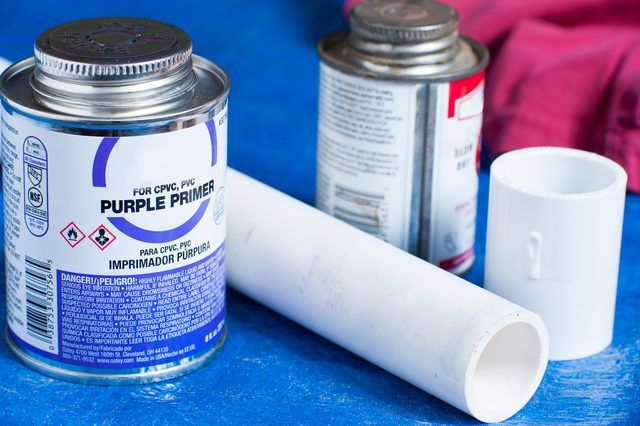
Things You'll Need
Purple PVC primer
PVC pipe cutters
Cloth rags
PVC cement
Step 1
Cut the PVC pipe to length and be sure the ends of the pipe are cut straight. If they are not cut straight, square them up with a pair of PVC pipe cutters.
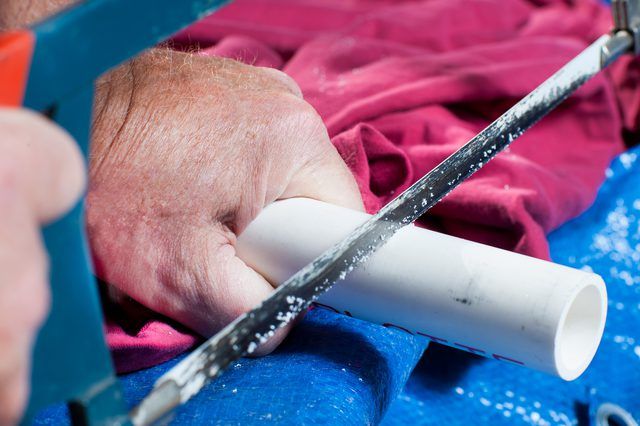
Step 2
Dry-fit the PVC pipe with the PVC fittings to be sure they go together easily. Wipe accumulated dirt off the pipe and the fitting with a cloth rag if necessary.
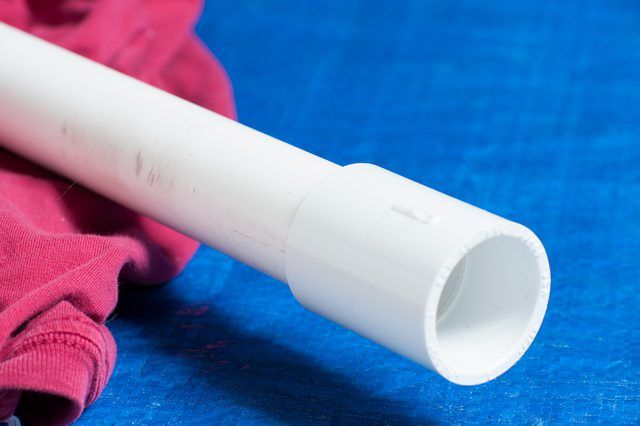
Step 3
Apply purple PVC primer to the outside of the PVC pipe and to the inside of the PVC fitting. Allow the primer to dry, which should only take about 10 seconds.
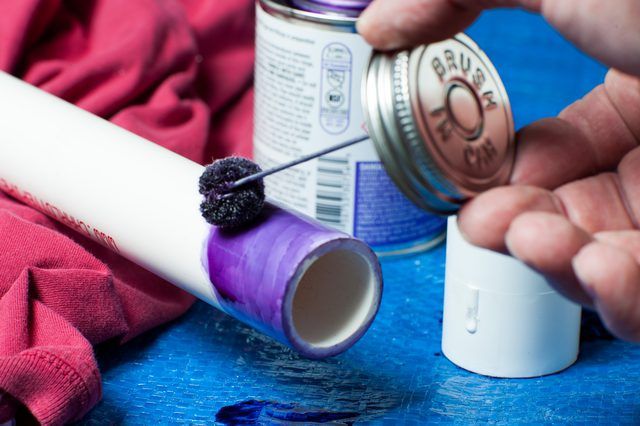
Step 1
Apply a copious amount of PVC cement to the primed end of the PVC pipe and to the primed surface of the PVC fitting. Do not allow the cement to puddle on the PVC surface.
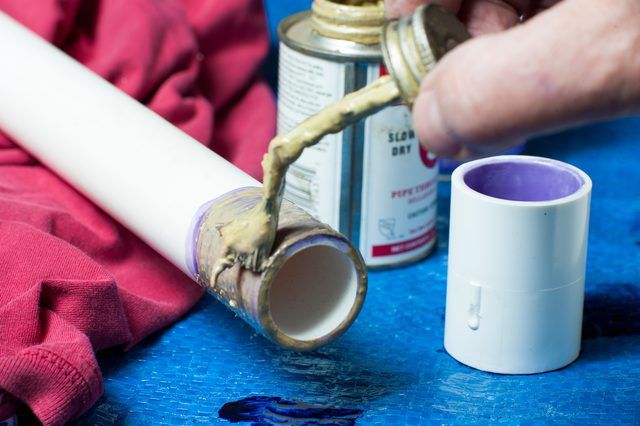
Step 2
Assemble parts immediately. Twist the fitting slightly to pop any small air bubbles that would otherwise weaken the joint. Wipe any excess cement off with a cloth rag.
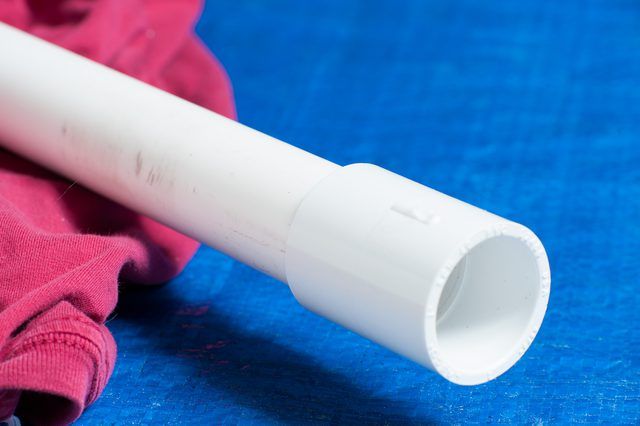
Step 3
Allow the joint to cure for at least two hours at 60 degrees F. Colder temperatures will require longer cure times before applying water pressure to the joints.
